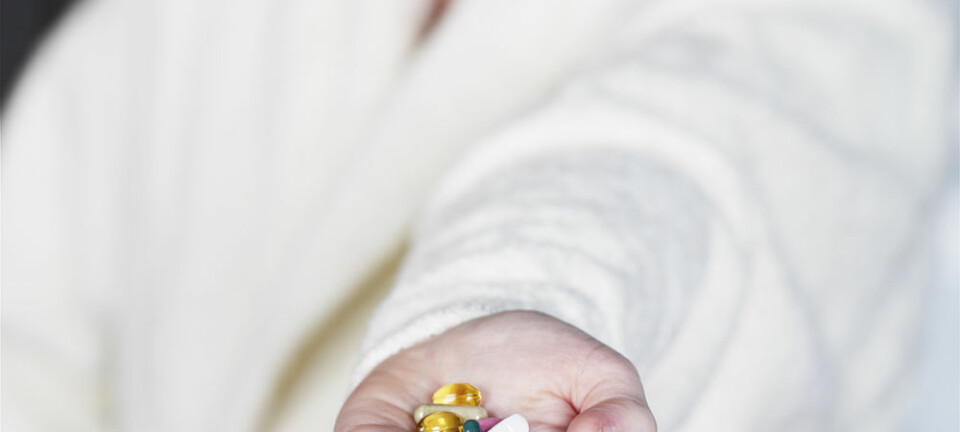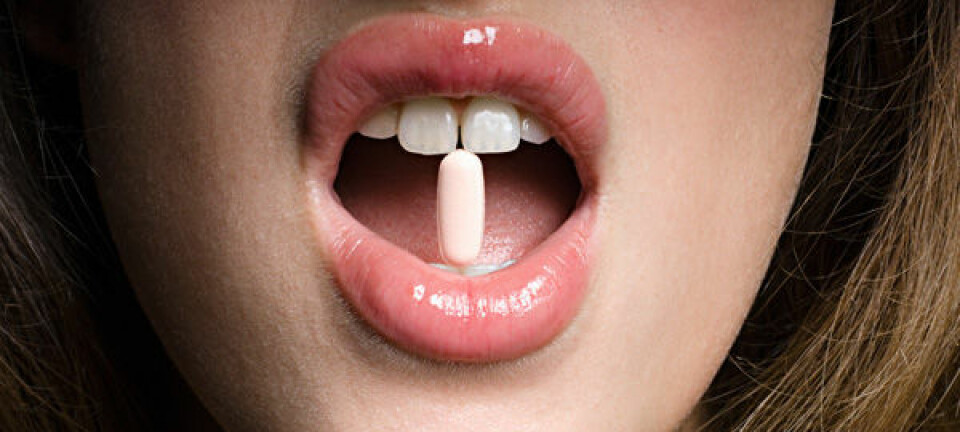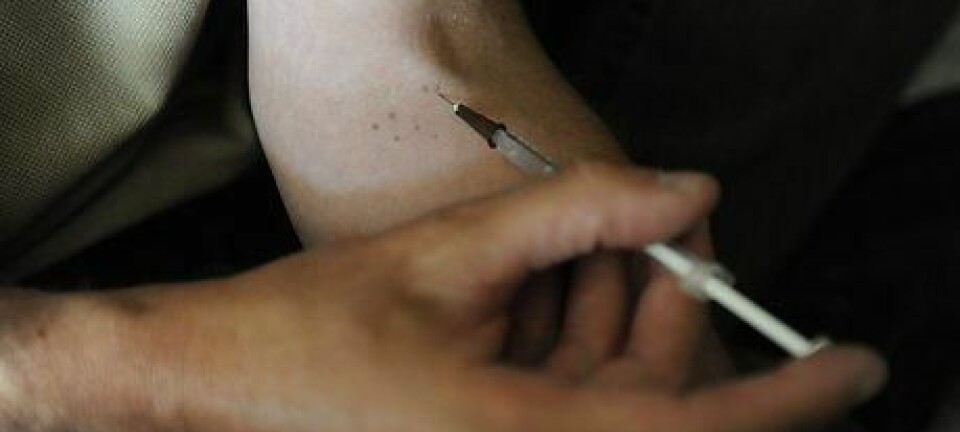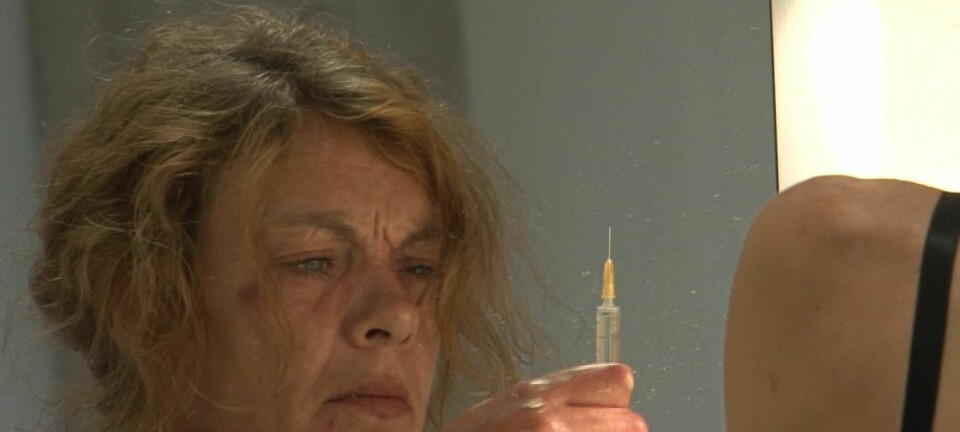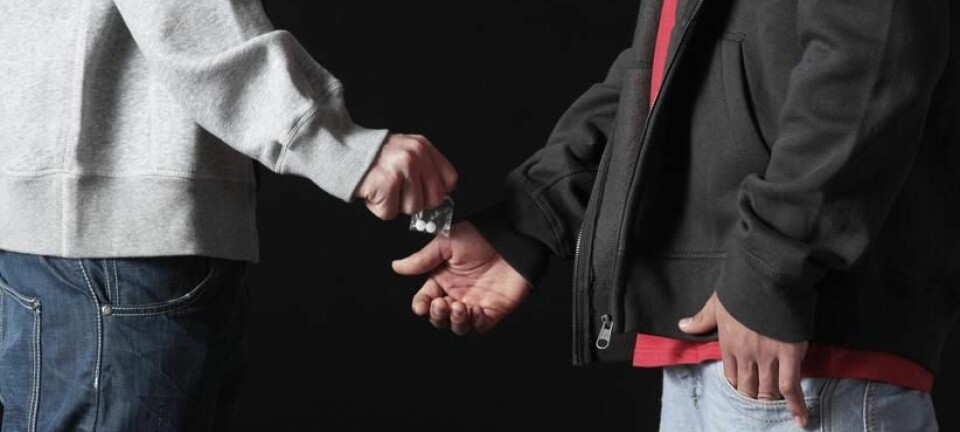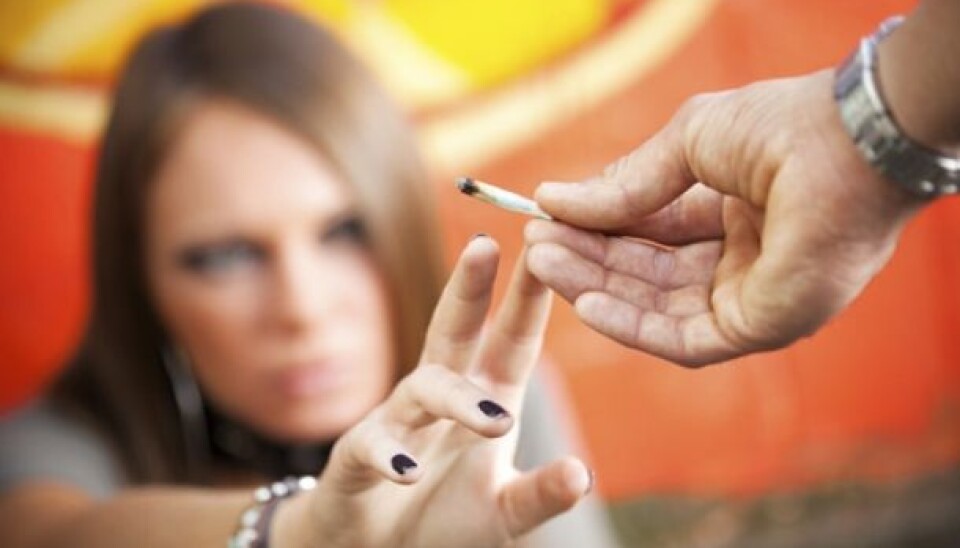
Young people say no to weed
Norwegian youths, like their peers across Europe, use less cannabis today than they did at the turn of the millennium.
Denne artikkelen er over ti år gammel og kan inneholde utdatert informasjon.
This trend was presented at a conference on cannabis hosted by SIRUS, the Norwegian Institute for Alcohol and Drug Research, in Oslo.
Statistics regarding cannabis use among persons aged 15 to 30 have been recorded since the 1990s and the general tendency has been a downturn in use.
After peaking at around the turn of the 21st century, use of hashish, marijuana, cannabis oil and other cannabis substances have been on the wane. Use has been halved among Norwegian 15- and 16-year-olds, and it has dropped steadily elsewhere in Europe.
Experts don’t know why.
Ten percent drop in eight years
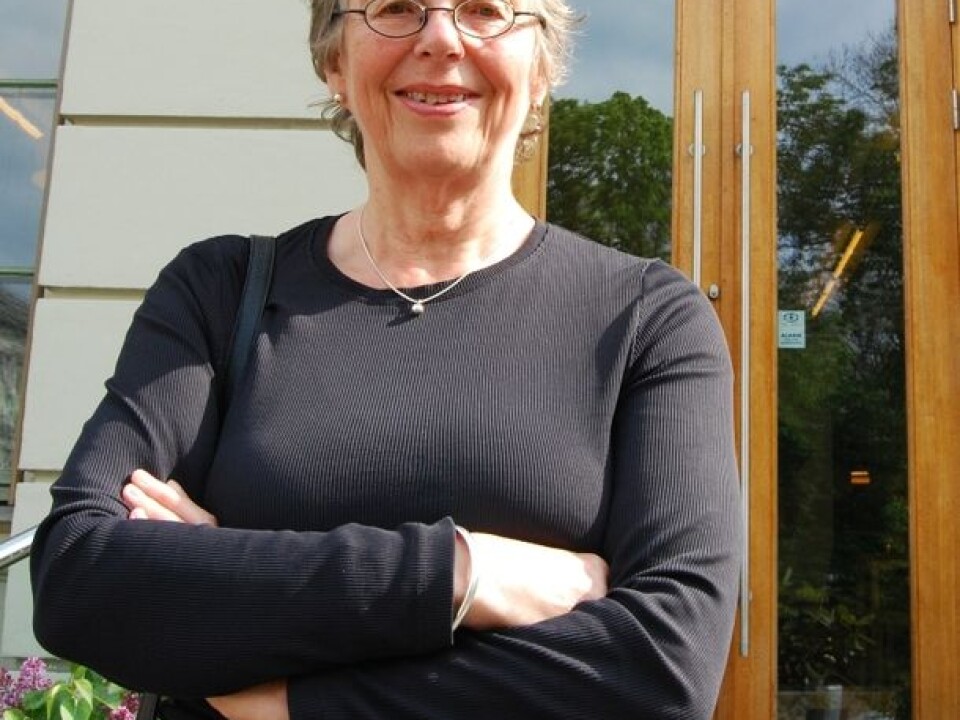
Astrid Skretting, a researcher at SIRUS, presented the study, which incorporated national and international surveys from 1990 to 2008.
In Norway, users are placed in three age groups: 15-16-year-olds have been singled out for surveys sent to schools, whereas people in the age ranges 15-20 and 21-30 years have answered questionnaires through mail correspondence.
A common trend is evident in all three groups:
“Most all the studies in this field turn up with the same profile, a clear drop after peak consumption around the year 2000,” said Skretting.
Maybe young people are better than their reputation.
For instance in 2000 around 20 percent of Norwegians aged 15-20 who were surveyed said they had tried cannabis in some form or another.
In 2008 this response had fallen to just over 10 percent.
Lower in the Nordic countries and lowest in Norway
The same decrease in cannabis use is found when looking at Europe as a whole, also from a peak at the end of the 1990s.
Compared to the rest of Europe, cannabis use among young people is rather low in the Nordic countries, of which Norway has the lowest figures.
“Among 15- and 16-year-olds in Norway, six percent have tried cannabis, as compared to seven and eight percent respectively for the age group in Sweden and Finland. Denmark is the exception, as the comparable figure there is 28 percent, explained Skretting.
By comparison, 45 percent of their peers in the Czech Republic and 36 percent of Spanish youths have used pot in some form at least once.
No explanation
Skretting pointed out that these figures need to be taken with a grain of salt because the response rate in the surveys has been very low.
Nevertheless, she thinks the reported downward trend bears merit, even though the figures are based on fewer answers.
“There are quite a few studies published now, nationally and internationally, pointing in the same direction. So we reckon on some reliability in this data.”
Skretting has no good explanation for the drop in cannabis use in the past few years.
“That’s the big question and we don’t have any data that could shed any light on it,” she said.
“But we see the same trend for nearly all intoxicants, including alcohol. Consumption isn’t going through the roof for any of them. So maybe young people are better than their reputation.”







